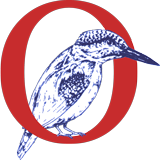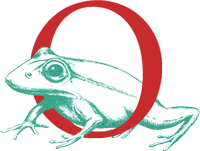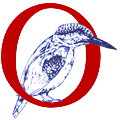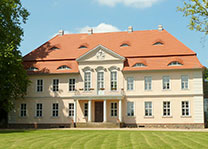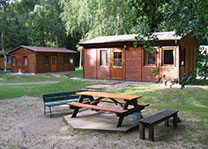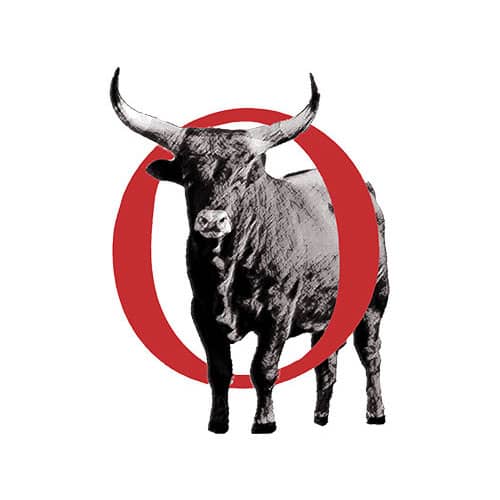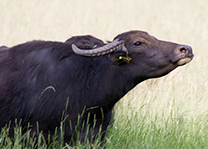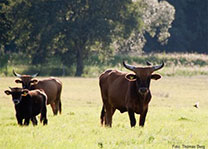Hedges divide the landscape
Last year, the Association of Friends of the German-Polish European National Park Unteres Odertal eV (National Park Association) launched two large projects to plant hedgerows and field trees in the largely cleared agricultural landscape of the national park region. The objective is the same in both cases: the five to ten meter wide hedges are intended to subdivide the agricultural landscape again, preferably based on old structures. This is intended to protect the arable soil from erosion, because violent winds carry the fertile soil from the field as a disturbing dust. In the past there have been more accidents on motorways because the road traffic was severely obstructed by these clouds of dust. The soil gains fertility with the new hedges and benefits from the partial shading. Above all, however, insects and birds such as the red-backed killer or whinchat regain a small part of their habitats. Especially the plants and animals of the agricultural landscape are threatened and show strong declines in the numbers of species and individuals. They get a new home in hedges and woods — actually their old one.
That Corridor wood project in Felchow / Flemsdorf / Criewen includes four hedges with a total length of three kilometers, with a width of eight to ten meters. The bushes and trees are planted in seven to nine rows. A total of 25,000 m² are planted, but in such a way that they are not harmful to subsidies for the farmer. This means that the farming farmer continues to receive his EU agricultural subsidy for the planted areas. So the EU promotes such structures.
Typical trees, elms and oaks, also maples and linden trees, but in between also wild pears, hornbeams and above all willows are planted. Hawthorn and elderberry, dogwood and hazelnut, but also dog and wine roses are planted as shrubs.
The plantations are protected by fences, which are intended to keep the abundant game out and prevent it from being bitten. The practical implementation lies in the tried and tested hands of the Norduckermärkische Seenlandschaft eV landscape conservation association. The specialist planning was carried out for us by Hermann Wiesing. Financing is provided by the StiftungNaturSchutz Fonds Brandenburg in the amount of 260,000 euros from funds for compensatory and replacement measures, mainly from wind power and pipeline construction. The investment and implementation period, including three-year maintenance, ranges from 2020–2023.
In which Dry polder corridor wood and hedge project In the southern part of the national park, a good four kilometers of hedges and field trees were planted in five plant sections, consisting of three-row rows of heister and shrubbery, one side of the water, five meters wide. Mostly different types of willow were planted as heister, but also alder and oak, as bushes dogwood, viburnum and buckthorn were used. When planting in the polder, the fence anchored in the ground also serves to protect against the voracious beaver, which at least has to stay outside for a while.
The practical implementation was in the hands of Baumschule Appel GmbH from Waldsieversdorf, the planning again with Hermann Wiesing. Financing was provided by the Investment Bank of the State of Brandenburg (ILB) in the amount of 232,000 euros from federal and state funds as part of the joint task “Improvement of the Agricultural Structure and Coastal Protection (GAK)”. The investment and implementation period including two-year maintenance is from 2020–2022.
Every visitor and resident can already take a look at the plantations. The future for agriculture and nature conservation is growing here. The national park association not only wants to protect and develop the national park itself, but also to integrate it into the surrounding fields. Both belong together.
The board of directors
